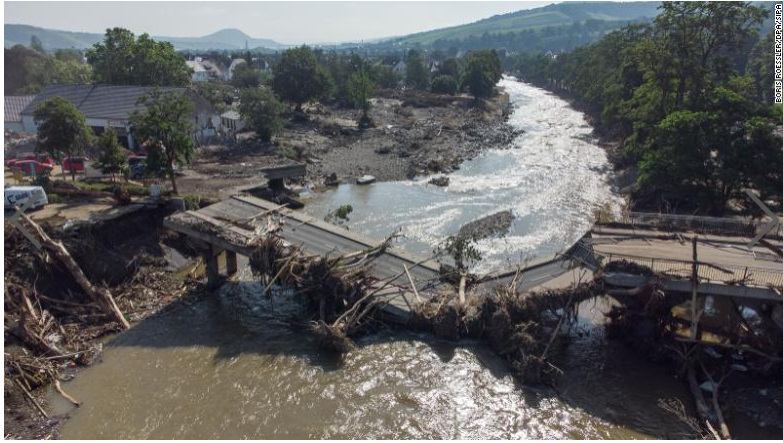Extreme Precipitation
There is broad scientific consensus that with climate change, the frequency and intensity of extreme precipitation events have increased and will continue to do so. My research aims to better understand the synoptic-scale precursors and characteristics associated with extreme precipitation events, and how these mechanisms have changed over time.
MY PRIMARY RESEARCH INTERESTS IN THIS AREA ARE:
Investigating the multiscale characteristics of extreme precipitation events
Examining the relationship between atmospheric flow stagnation (blocking) and extreme precipitation events
Improving human forecasts of extreme precipitation events
Check out our:
2017 and 2015 Monthly Weather Review articles on the 2013 Alberta Flood
2014 Weather and Forecasting article on extreme precipitation events in Montreal, Canada
2010 and 2009 articles on extreme precipitation events in St. John’s, Newfoundland
Extreme precipitation and atmospheric flow reversal
Through this research, we developed the Extreme Precipitation Index (EPI), a multivariate dynamic and thermodynamic metric designed to identify extreme precipitation events associated with atmospheric flow reversal (blocking).
The plots below from our 2019 article show:
The ability of the EPI to diagnose the 2016 European Flood, which at the time was the worst flood in over a century in parts of France, Belgium, and Germany.
The frequency of EPI events per season throughout the Northern Hemisphere.
2013 Alberta flood
The June 2013 Alberta Flood was the second costliest natural disaster in Canadian history, resulting in billions of dollars in insured losses. The flood was caused by a multitude of meteorological and hydrological factors, including an extreme precipitation event associated with upper-tropospheric blocking and orographic ascent, as well as rapid snowmelt.
The plots below from our 2015 article show:
Dynamic Tropopause potential temperature and sea-level pressure composites exemplifying the upper-tropospheric Rex Block and low-level easterly upslope flow in the Canadian Rockies
Composite soundings exemplifying the moderate CAPE and very saturated conditions with sustained deep-layer orographic ascent just east of the Canadian Rockies




